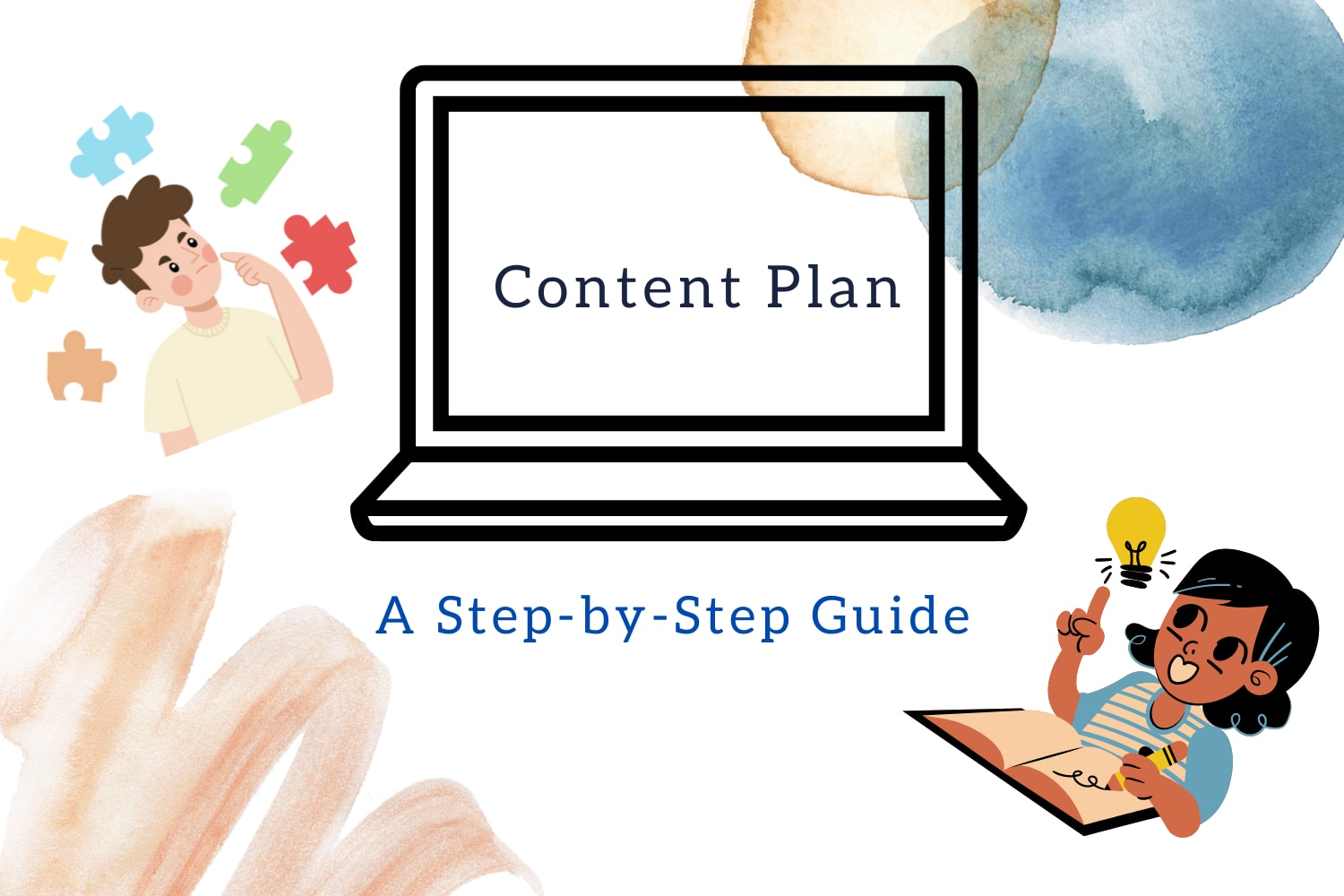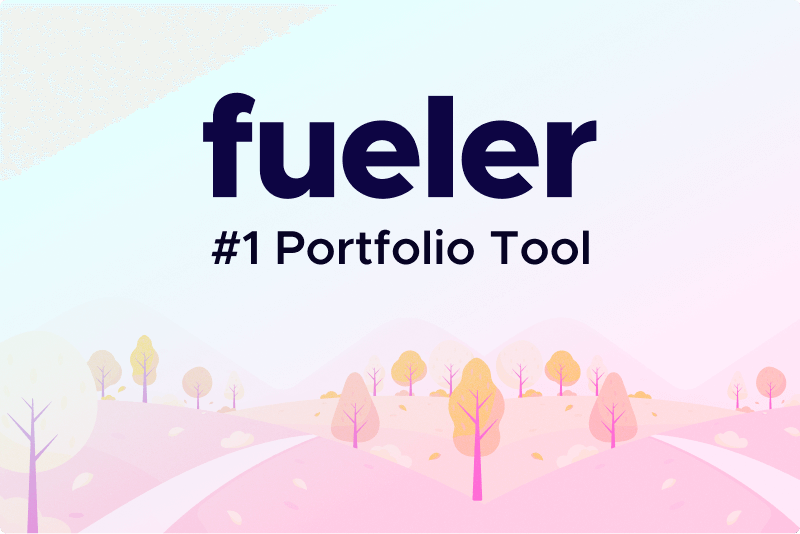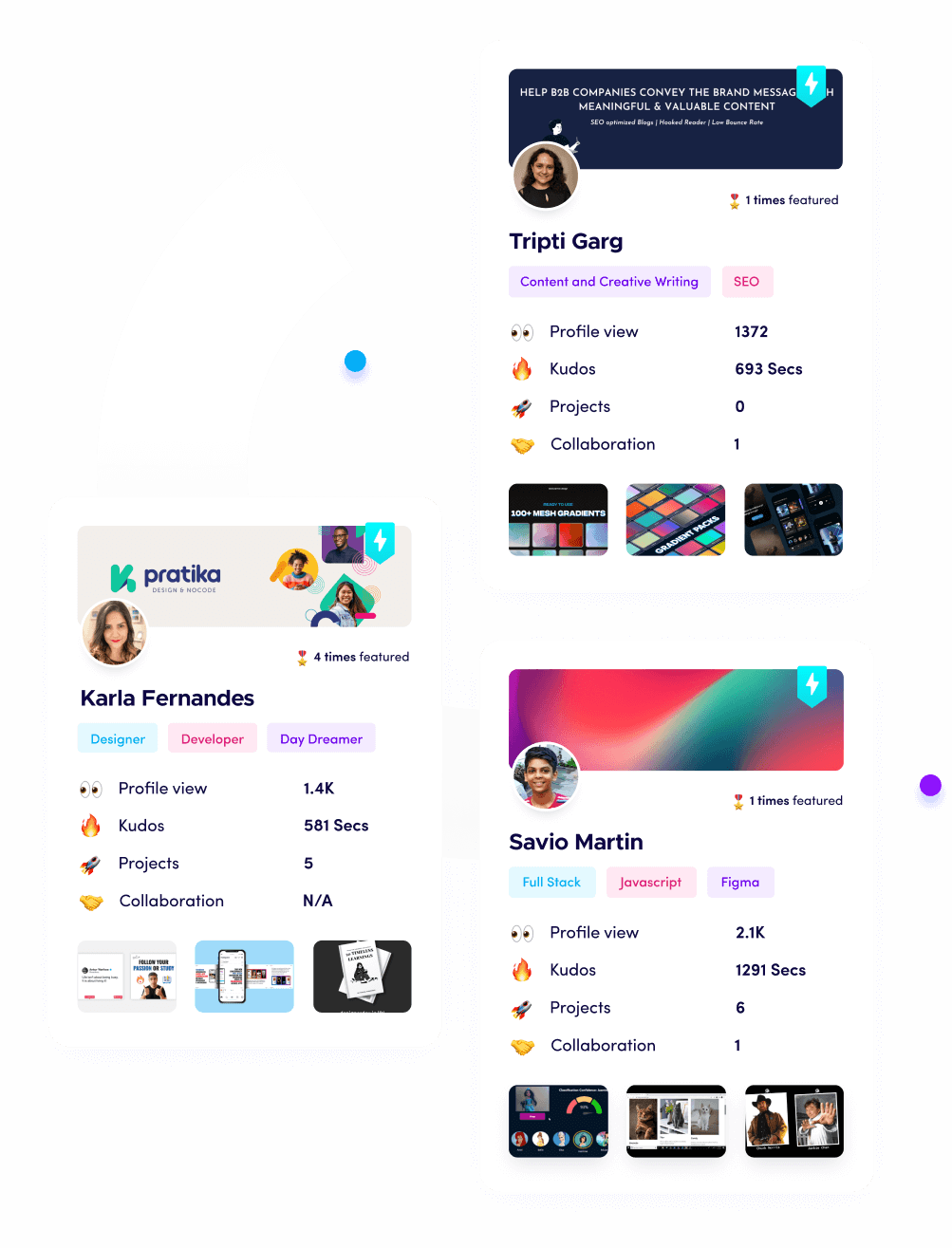Crafting an Effective Content Plan: A Step-by-Step Guide
In today's digital world, content holds a powerful position. Creating high-quality and engaging content is essential for attracting and retaining an audience. However, without a well-defined content plan, your efforts may fall flat. A content plan acts as a roadmap, guiding you through the process of creating and distributing content that aligns with your goals and resonates with your target audience.
9 Steps to Create Your Own Content Plan
In this step-by-step guide, we will walk you through the process of crafting an effective content plan.
Step 1: Set Clear Goals and Objectives
The first step in creating a content plan is to establish clear goals and objectives. Ask yourself what you want to achieve with your content. Do you want to increase brand awareness, generate leads, drive traffic to your website, or establish thought leadership in your industry? Once you have a clear understanding of your goals, you can align your content strategy accordingly.
Step 2: Define Your Target Audience
Knowing your target audience is crucial for creating content that relates with them. Develop buyer personas by conducting market research and understanding the demographics, needs, and pain points of your ideal customers. By understanding their preferences and interests, you can tailor your content to address their specific needs and motivations.
Step 3: Conduct a Content Audit
Before diving into creating new content, conduct a content audit to evaluate the performance of your existing content. Identify which pieces have been successful in terms of engagement, traffic, and conversions. Determine what topics and formats resonate well with your audience and leverage that information when planning your future content.
Step 4: Research and Brainstorm Content Ideas
Once you have a clear understanding of your goals, target audience, and existing content, it's time to brainstorm new content ideas. Stay up-to-date with industry trends, explore popular keywords, and analyse what your competitors are doing. Use tools like Google Trends, Buzzsumo, and social media platforms to identify content gaps and topics that are currently in demand. Brainstorm ideas that align with your goals and will engage your audience.
Step 5: Develop a Content Calendar
A content calendar helps you organise and schedule your content effectively. Start by determining the frequency of your content publication. Will you be posting daily, weekly, or monthly? Then, assign specific topics and formats to each publishing date. This will help you maintain a consistent flow of content and ensure that you cover a variety of relevant topics.
Step 6: Create and Optimise Your Content
With your content calendar in place, it's time to start creating your content. Whether it's blog posts, videos, infographics, or social media updates, ensure that each piece aligns with your goals and provides value to your audience. Incorporate relevant keywords to optimise your content for search engines and improve its discoverability.
Step 7: Promote and Distribute Your Content
Creating great content is only half the battle. You need to make sure that it reaches your target audience. Develop a promotion and distribution strategy to amplify the reach of your content. Utilise social media platforms, email marketing, influencer collaborations, and guest posting to increase visibility and drive traffic to your content.
Step 8: Monitor and Analyse Performance
To continuously improve your content strategy, it is essential to monitor and analyse its performance. Track key metrics such as engagement, traffic, conversion rates, and social shares. Tools like Google Analytics and social media insights can provide valuable data to assess the success of your content and make informed decisions for future content planning.
Step 9: Adapt and Evolve
Content marketing is a dynamic field, and what works today may not work tomorrow. Stay updates and be willing to adapt and evolve your content plan based on the feedback and insights you gather. Keep an eye on industry trends, consumer behaviour, and emerging platforms to ensure that your content remains relevant and effective.
Crafting an effective content plan requires careful consideration of your goals, audience, and the performance of your existing content. By following this step-by-step guide, you can develop a robust content strategy that aligns with your objectives and drives results. Remember, consistency, relevance, and continuous improvements are the keys to creating compelling content that stands out in today's digital market.
17 Jul 2023








